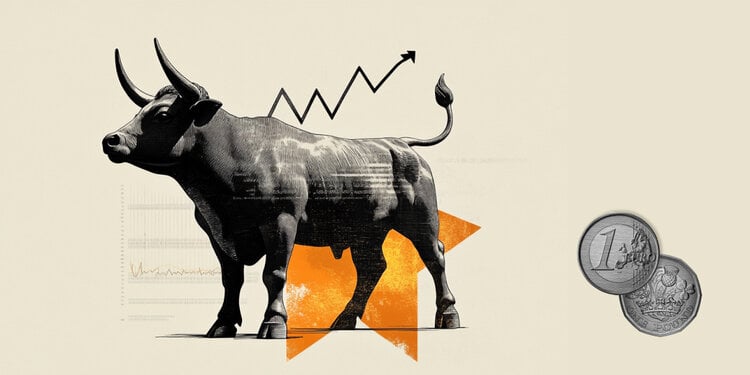The Decision Office of the CNN projects the winners of dozens of elections every year, ensuring that our news network reports the outcome of key races as soon as it is statistically correct, using a combination of poll results, vote results and statistical modeling.
See below how CNN reports election results and how the Office of Decision-Making CNN designs a winner.
Where the CNN obtain electoral data and information?
A CNN is a member of the National Election Pool (a group of press outlets that cover elections in the USA) along with ABC News, CBS News and NBC News.
That pool works with Edison Research to collect voting results from election officials and to conduct exit polls among voters.
Edison Research employs a team of hundreds of interviewers and reporters in every state in these races to conduct scientific research on voter opinions and to work with election officials to report results quickly and accurately.
The correspondents and anchors of CNN They are also often on the scene of major races, reporting what they learn about the situation in those areas from election officials and voters themselves, and can provide vote count information that is essential for accurate projections.
How does CNN project races in which one candidate has a wide lead?
In some cases, the Office of Decision CNN can project an outcome based on exit poll results when a candidate holds a very wide lead. Exit and entry polls, or exit polls, are effective for this purpose for several reasons.
First, a statistically sound sample can produce an accurate estimate of the election outcome within the poll's margin of sampling error.
In wide-margin races, the difference between the two candidates far exceeds the margin of error, giving the team confidence that the voting result will hold when all votes are counted.
Second, unlike pre-election polls, exit polls interview voters and participants at their polling locations, eliminating the need for what researchers call the likely voter model used to try to determine who will vote. . Remembering that in the United States voting is optional, that is, optional.
Those conducting the survey can be confident that the people in these samples actually voted because they physically showed up at the location where the voting takes place.
And finally, in states with large populations of absentee or early voting voters, the National Election Pool will supplement the results of in-person exit polls on Election Day with absentee and early voter surveys conducted online, by phone or in person to ensure that the views of all voters are reflected in these polls.
What about races with tighter margins?
Elections that cannot be designed based on exit poll results could ultimately be designed based on several different ways of analyzing actual voting data.
As vote results begin to come in, the Office of Decision-Making CNN looks for patterns in the data, how results and participation compare to previous results for each location, and whether there are any anomalies in what has been reported so far.
As counties and localities begin reporting results, statistical models begin to work, modeling the data based on different combinations of previous voting, the type of vote, and the geographic region.
Consistent and strong models that use this data and produce a high level of statistical confidence (99% certainty or greater) can lead to a projected winner.
At the same time, Edison Research will attempt to collect the actual vote in each of the locations where an exit poll was conducted.
Because this sample of polling locations is a scientifically representative sample of all locations in a state, it is possible that those polling results may be enough to generate a statistically sound projection, even if there is not much voting at the county level.
And, in the most heated disputes, the Office of Decision CNN will carefully analyze estimates of how many votes remain to be counted, taking into account the total number, what type they are and where they could come from.
Determining whether there are enough votes remaining to change the outcome is the central question in deciding when a winner can be projected.
Source: CNN Brasil
Bruce Belcher is a seasoned author with over 5 years of experience in world news. He writes for online news websites and provides in-depth analysis on the world stock market. Bruce is known for his insightful perspectives and commitment to keeping the public informed.







